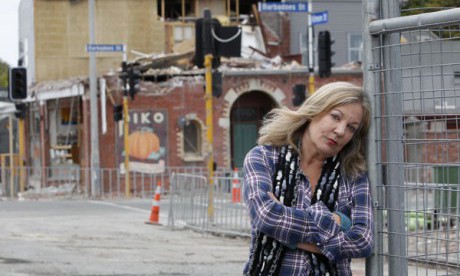There has been a massive outpouring of grief for Australian batting star Phil Hughes, who died having never regained consciousness after being hit on the top of the neck by a bouncer during an interstate game last Tuesday.
The youth and promise of the cricketing star, who was by all accounts an extremely likeable young man, was made much of in the media.
On the night he died, 3News reader Hilary Barry wore black as the bulletin led with the story of his “freak” death.
The next night viewers watched Australian cricket captain Michael Clarke break down several times while making a speech as he struggled time and again to regain composure, at one time to admonishing himself to “do your job” as he attempted to honour the star while announcing that Hughes’ one-day international shirt number 64 had been retired.
It was difficult to watch and although it was a public announcement in front of the cameras, the captain’s raw pain at the loss of his friend was laid out for all to see, the speech broadcast in its entirety with all the pregnant pauses and halting sobs left in.
One couldn’t help but feel it was an intrusion on private grief.
And therein lies the problem with covering tragic deaths, of how far the media should go in the very public ownership of private grief, particularly when it has to report on the reaction of social media, which can make the Fourth Estate’s coverage appear muted, dull, and emotionally inadequate.
A fan had posted a photograph of a cricket bat and cap laid next to a doorway as a mark of respect and the visual had gone viral, gathered momentum.
The #putoutyourbats hashtag on Twitter prompted cricketing greats to follow suit instantly, as television coverage faithfully recorded the lineup of bats and caps from around the world.
The tragedy-hysteria bus had left the station and there was some grief to be had.
The story of a cricketing great cut down his prime had caught fire and was gaining oxygen. Continue reading
- Jane Bowron in The Press
Jane Bowron is a columnist and TV reviewer.
